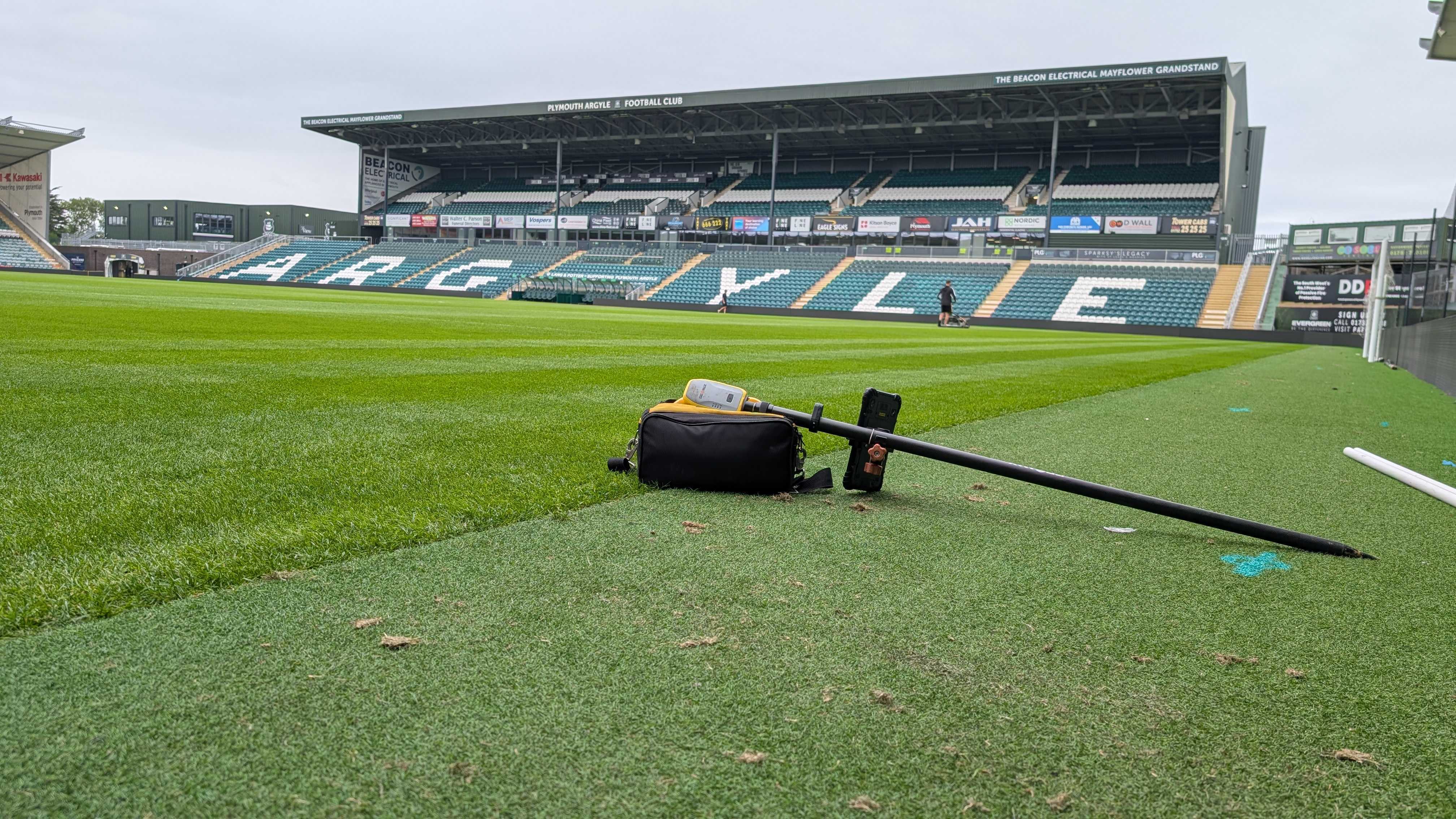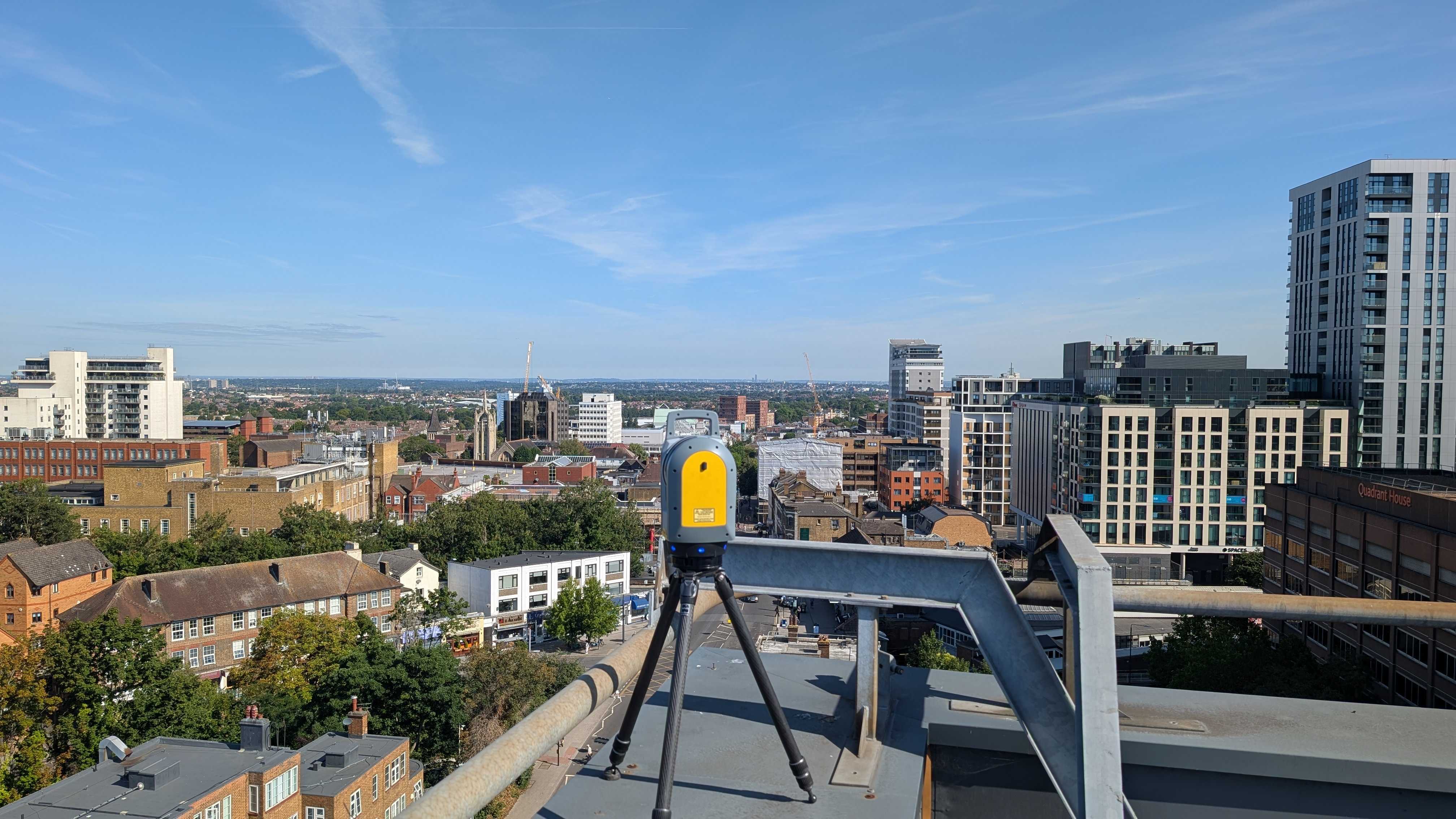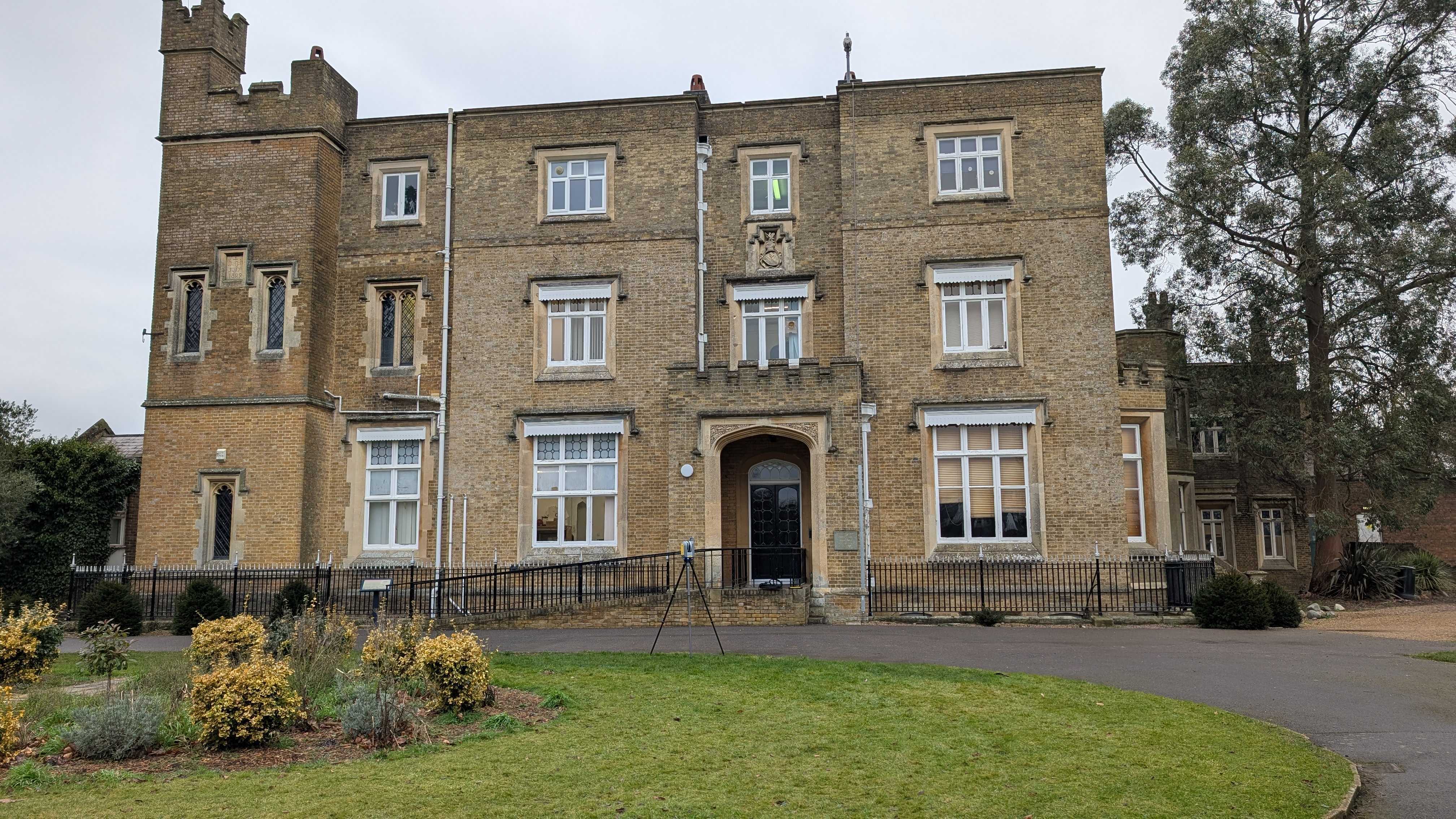Every property development project starts with one fundamental question: what exactly exists on the land we plan to build on?
Without a clear, accurate understanding of the site, even the best design or feasibility study risks missing vital details, differences in elevation, boundary positions, hidden drainage systems, or surface features that can completely reshape construction plans.
A Topographical Survey is the process that removes this uncertainty. It translates complex ground conditions into precise data that architects, engineers, and developers can trust. At Intersect Surveys, our Topographical Surveys are the foundation of safe, efficient, and compliant development projects across the UK.
This article explains why topographical data matters so much, how it supports decision-making at every stage, and when to commission one to protect your investment.
What Is a Topographical Survey and What Does It Show?
A Topographical Survey (often called a land or topo survey) is a detailed mapping of the physical features of a site. It records everything visible above ground, contours, levels, boundaries, vegetation, roads, paths, utilities, buildings, fences, and drainage structures.
The output is a digital plan that shows how each element relates spatially. Engineers use this to model surface gradients, designers use it to plan layouts, and developers use it to assess potential constraints before the first digger arrives.
Modern Topographical Surveys go beyond simple line drawings. Using Total Stations, GPS, and laser scanning, surveyors capture thousands of data points to create a three-dimensional model of the site. The resulting information can be imported directly into CAD or BIM software, ensuring every design reflects real-world measurements, not assumptions.
How Do Topographical Surveys Support the Property Development Process?
Property development relies on precision and predictability. Every decision, from drainage layout to building orientation, depends on accurate land data. Here’s how Topographical Surveys support each development phase.
1. Feasibility and Site Appraisal
Before purchasing or planning a site, developers need to know what they’re working with. A Topographical Survey reveals the true ground levels, boundaries, and features that determine buildability. It highlights slopes, uneven terrain, and potential flood zones, allowing teams to assess the cost and practicality of development early.
2. Design and Planning
For architects and engineers, a Topographical Survey is the base layer for every design drawing. It ensures proposed structures fit existing conditions and comply with planning and drainage requirements. Level data helps identify optimal building positions and routes for access or utilities.
3. Construction and Monitoring
Once construction begins, survey data becomes the control point for setting out works and verifying accuracy on site. A reliable topographical dataset ensures foundations, boundaries, and drainage align with design specifications.
4. Handover and Documentation
Developers often commission final Topographical Surveys at completion to record as-built conditions. This documentation supports compliance with planning approvals and assists future asset management.
What Are the Key Benefits of Conducting a Topographical Survey Early?
Timing is everything. Commissioning a Topographical Survey early delivers multiple strategic advantages:
- Reduces design risk: Avoids redesigns caused by inaccurate or missing ground data.
- Prevents boundary disputes: Confirms property limits before title or planning challenges arise.
- Improves cost forecasting: Identifies level changes, drainage needs, and cut-and-fill quantities before work begins.
- Supports regulatory compliance: Provides verified data for planning, drainage, and flood assessments.
- Enhances collaboration: Ensures architects, engineers, and contractors work from the same reference model.
Early data means fewer surprises, and fewer financial shocks once the build starts.
How Do Surveyors Capture Accurate Topographical Data?
What Equipment Is Used for Topographical Surveys?
Modern Topographical Surveys combine several measurement tools to ensure accuracy and efficiency:
- Total Stations: For precise distance and angle measurements across site grids.
- GNSS (GPS) Systems: To tie survey data into national coordinate systems.
- Laser Scanners: For rapid, high-density data capture of complex or uneven terrain.
- Drones and Photogrammetry: To safely map large or inaccessible areas from above.
These technologies collect thousands of individual points per second, creating a data cloud that surveyors process into a detailed terrain model.
How Is Accuracy Maintained During the Survey?
At Intersect Surveys, accuracy starts with preparation. We establish control points across the site, verify equipment calibration, and cross-check elevations before finalising results. Data is processed using specialist software to eliminate duplicates or errors.
The final deliverable is a verified drawing, not just raw data, formatted for direct integration into the client’s design systems.
What Features Are Included in a Typical Topographical Survey?
A professional Topographical Survey typically records:
- Ground levels and contour lines
- Buildings, structures, and hardstanding areas
- Boundaries, fences, and retaining walls
- Vegetation, trees, and natural features
- Watercourses, ditches, and drainage channels
- Manholes, inspection chambers, and utility covers
- Roads, paths, kerbs, and access routes
Each point is tagged with coordinates and elevation, giving project teams a true-to-scale picture of the entire site.
Why Do Local Authorities and Planners Require Topographical Surveys?
Planning bodies depend on Topographical Surveys to verify that proposed developments align with site constraints and environmental standards. A detailed survey helps demonstrate:
- Proper management of surface water and drainage.
- Respect for boundary limits and neighbouring properties.
- Consideration of landscape impact and visibility.
Submitting accurate survey data with your planning application strengthens compliance and reduces requests for revision, saving both time and money.
How Accurate Are Topographical Surveys in Real Conditions?
Modern survey equipment can achieve positional accuracy within 10–15 millimetres horizontally and 5–10 millimetres vertically. Environmental factors, like dense vegetation, weather, or access limitations, can affect data collection, but professional calibration and control networks keep errors within acceptable margins.
At Intersect Surveys, every dataset undergoes quality assurance checks before delivery. This includes cross-verification between GPS and Total Station data, ensuring consistency across the entire model.
Can Topographical Surveys Be Combined with Other Types of Surveys?
Absolutely. Topographical Surveys are often combined with other survey types for a complete understanding of the site. Common integrations include:
- Utility Surveys — to overlay underground assets on surface maps.
- Boundary Surveys — to confirm ownership and title lines.
- Flood Risk Surveys — to assess water flow and drainage patterns.
- Structural or Measured Building Surveys — for redevelopment projects.
Combining these datasets creates a comprehensive digital model that minimises design clashes and improves coordination between disciplines.
How Do Topographical Surveys Help Prevent Costly Construction Problems?
Errors in level design, boundary interpretation, or drainage layout can lead to serious financial consequences. Without verified ground data, excavation or foundation work may require rework, adding time and cost.
A Topographical Survey identifies these risks upfront. Knowing where gradients change or where access routes narrow allows teams to make informed design choices early. The survey also supports accurate earthworks estimation, helping contractors manage material movement efficiently and sustainably.
What Happens If a Development Proceeds Without a Topographical Survey?
Skipping a Topographical Survey exposes developers to multiple risks:
- Unexpected level differences that impact design feasibility.
- Boundary discrepancies leading to disputes or planning refusals.
- Drainage miscalculations causing waterlogging or flooding.
- Additional costs for redesign and rework mid-construction.
The cost of one accurate survey is minimal compared to the potential losses from unverified data. For professional developers, commissioning a Topographical Survey is not optional, it’s essential.
How Often Should You Update a Topographical Survey During Development?
For multi-phase developments or long projects, Topographical Surveys should be updated at key milestones. Construction activities can alter surface conditions, ground levels, or drainage patterns over time.
By re-surveying after each major phase, teams confirm that data remains current and compliant. This ongoing verification supports precise design adjustments, safe excavation, and reliable as-built documentation.
How Do Topographical Surveys Add Value Beyond Compliance?
A detailed Topographical Survey does more than meet planning requirements. It enhances project value by enabling:
- Better design efficiency through accurate digital modelling.
- Smoother contractor coordination and reduced design conflict.
- Improved investor confidence through transparent documentation.
- Long-term asset management with verified geospatial data.
Simply put, a well-executed survey reduces uncertainty — and that’s one of the most valuable commodities in property development.
How Does Intersect Surveys Ensure Quality and Consistency in Every Survey?
At Intersect Surveys, we maintain strict quality procedures to ensure that every Topographical Survey meets the highest professional standards. Our process includes:
- Pre-survey planning to define scope and control points.
- Precision equipment calibration before fieldwork begins.
- Systematic data capture with cross-checks for accuracy.
- Rigorous processing and verification using advanced software.
- Final review by senior surveyors before delivery to the client.
This ensures accuracy, repeatability, and complete confidence in every drawing we produce.
Key Takeaways: Why Every Developer Needs Reliable Topographical Data
- Topographical Surveys are essential for safe, compliant, and cost-efficient development.
- They provide accurate ground and level data for design, planning, and construction.
- Early commissioning prevents errors and financial loss.
- Combining topographical and utility data offers a complete site overview.
- Regular updates keep projects aligned with current site conditions.
Plan Your Next Development with Confidence
Every successful project starts with accurate data. Topographical Surveys from Intersect Surveys give developers and engineers the information they need to design and build with confidence. Using advanced GPS, laser, and Total Station technology, our surveys deliver clarity, precision, and compliance at every stage.
Schedule a consultation with Intersect Surveys today to discuss your project and learn how our Topographical Surveys can strengthen your development plans from concept to completion.







